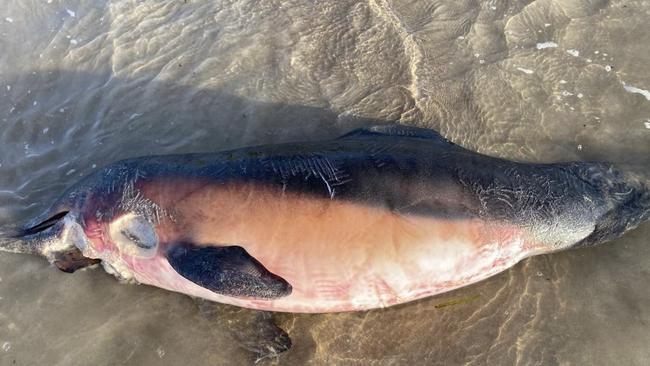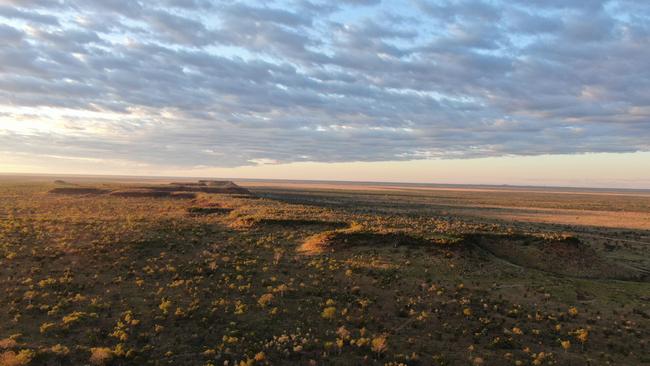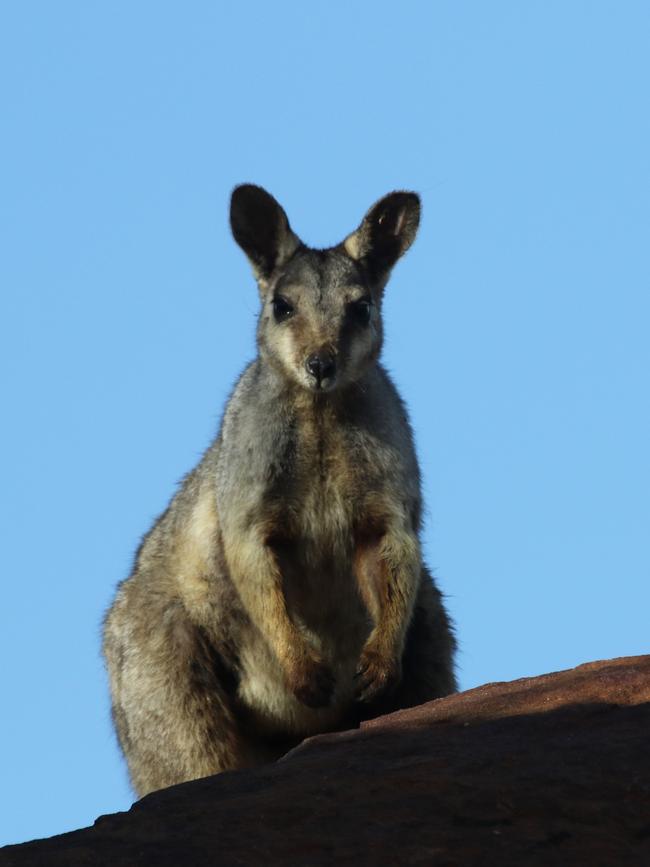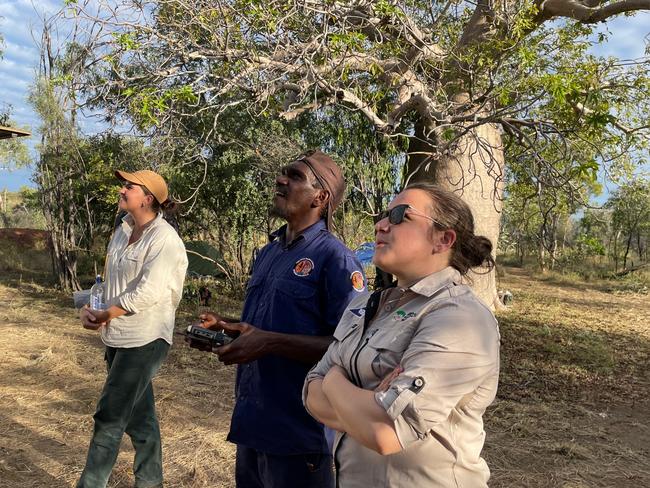Lee Point reserve: Stingray barb cause of death of washed up dolphin
The Department of Environment, Parks and Water Security have revealed a likely cause of death for one of the dolphins found washed up on a Darwin beach.
Northern Territory
Don't miss out on the headlines from Northern Territory. Followed categories will be added to My News.
UPDATE: A LARGE stingray barb may have caused the death of an adult female Humpback dolphin collected from Lee Point coastal reserve, a spokesperson for the Department of Environment, Parks and Water Security has said.
They were unable to determine the cause of death for the humpback dolphin calf that was found on Casuarina beach, due to the condition of the dead animal deteriorating quickly in the tropical environment.
The Department said long-term comprehensive monitoring of water quality in Darwin Harbour has been conducted since 2009, and that the water quality in the harbour has shown to be consistently good or very good.
There is no evidence to support a claim that pollution or wastewater is leading to dolphin deaths.
The NT EPA is encouraging all harbour users to report injured marine life to Parks and Wildlife.
EARLIER: A SECOND dolphin has washed up dead on a Darwin beach in as many weeks, with experts calling for more funding to protect the population.
Jason Fowler, a dolphin scientist from the Environment Centre NT, found a humpback dolphin calf washed up on Casuarina beach on the weekend. He said the calf showed no predominant signs of injury, and that it was very rare to see such a young dolphin die in this manner.
Mr Fowler said the health of the dolphin population around Darwin was “shocking” and a “disaster zone”, with increasing noise and water pollution as well as wastewater releases from gas plants causing them “undue harm”.
“I have no doubt in 10 years time, you won’t be able to find a dolphin in Darwin harbour,” he said.
“The environment will become so noisy, so contaminated, so few fish, why would you bother living there.”

A 2021 report from the NT Government rated the health of Darwin’s harbour as a B-, and admitted there was currently no systematic monitoring of flora and fauna that could be used in this assessment. Mr Fowler said the rating was “rubbish”.
“They haven’t even studied the marine animals in the harbour, so how can you assess whether the harbour is healthy or not?” he said.
Dr Carol Palmer, senior research associate at Charles Darwin University, began the very first surveys on dolphin populations around Darwin and Kakadu in 2007, and says while it is difficult to obtain estimates of populations, agreed that numbers in the harbour look to be dwindling.
“Of all the information that is being collected over the years … people are seeing fewer and fewer dolphins,” she said.
Dr Palmer said that collaboration between rangers, government and NGOs was vital to monitoring and protecting the populations. “Whether you’re a government, university or NGO, we need funding and long term monitoring,” she said.
How drones are being used to track rare wallaby
CDU researchers are working with First Nations rangers to trial thermal imaging drones to track one of Australia’s rarest and most secretive wallaby species.
The endangered black-footed rock-wallaby, or wiliji, has seen its population plummet from 2500 to 500, believed to be due to the impact of predators and wildfires.
Charles Darwin University researcher Rebecca Rogers says drones will help researchers understand what is causing decreasing population numbers in the Kimberley region.

They will help provide researchers with access to areas that are difficult to observe using traditional strategies.

The drone trial is funded through a partnership between Walalakoo Aboriginal Corporation, CDU, and the World Wildlife Fund-Australia.
CDU has been providing training to the Nyikina Mangal rangers, including ranger William Watson, so that traditional owners can combine their traditional monitoring techniques with the new technology.

“Modern science and traditional techniques work hand-in-hand to get a better outcome,” Mr Watson said.
More Coverage
Read related topics:Only in the NT




